 Shutterstock
Shutterstock
Bringing a new puppy into a home with children is a rewarding experience, but it requires careful planning and patience. Kids and puppies are naturally playful and curious, but their different ways of communicating can sometimes result in misunderstandings. To create a smooth transition and foster a strong bond, it’s essential to teach both your kids and your new furry friend how to interact safely and respectfully. With the right approach, you can ensure that your children and puppy become the best of friends, sharing a loving and lasting connection.
Teach Gentle Touching
 Shutterstock
Shutterstock
One of the most important things kids need to learn when interacting with puppies is how to touch them gently. Puppies are delicate and can easily be hurt if handled too roughly, so teaching kids to use soft hands and avoid grabbing or pulling fur, ears, or tails is essential. Encourage your child to pet the puppy slowly, using gentle strokes along their back or chest. By showing kids the right way to touch a puppy, you help prevent accidents and teach the puppy that human hands are friendly and safe.
Supervise All Interactions
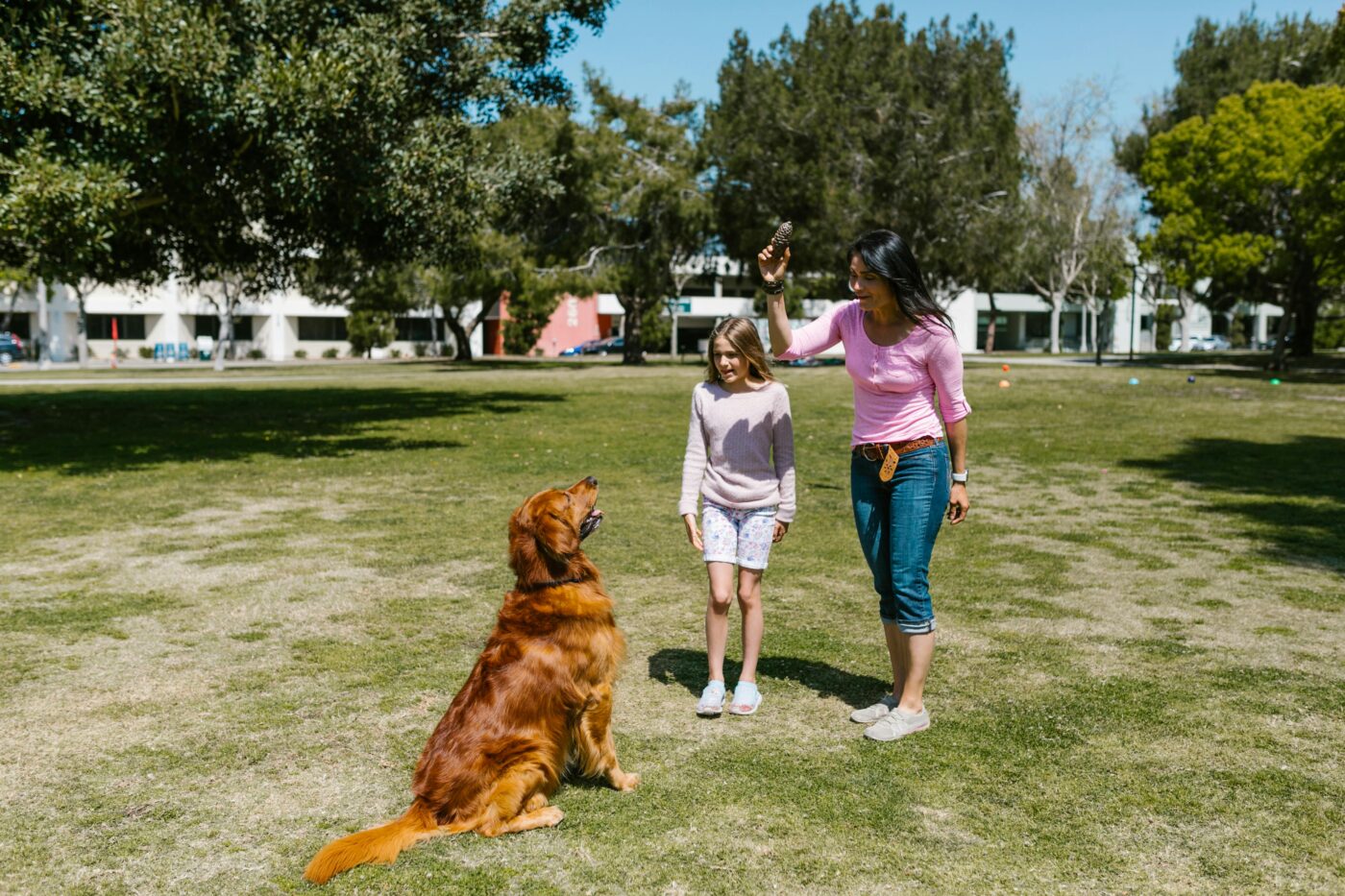 Shutterstock
Shutterstock
It’s crucial to supervise all interactions between your kids and the puppy, especially during the first few weeks. This helps prevent accidental injuries and ensures that both the puppy and the children are behaving appropriately. Supervision allows you to step in if the puppy gets too excited or if the kids are overwhelming the puppy with too much attention. By being present, you can create a safe environment where both kids and the puppy feel comfortable and secure as they get to know each other.
Create a Safe Space for the Puppy
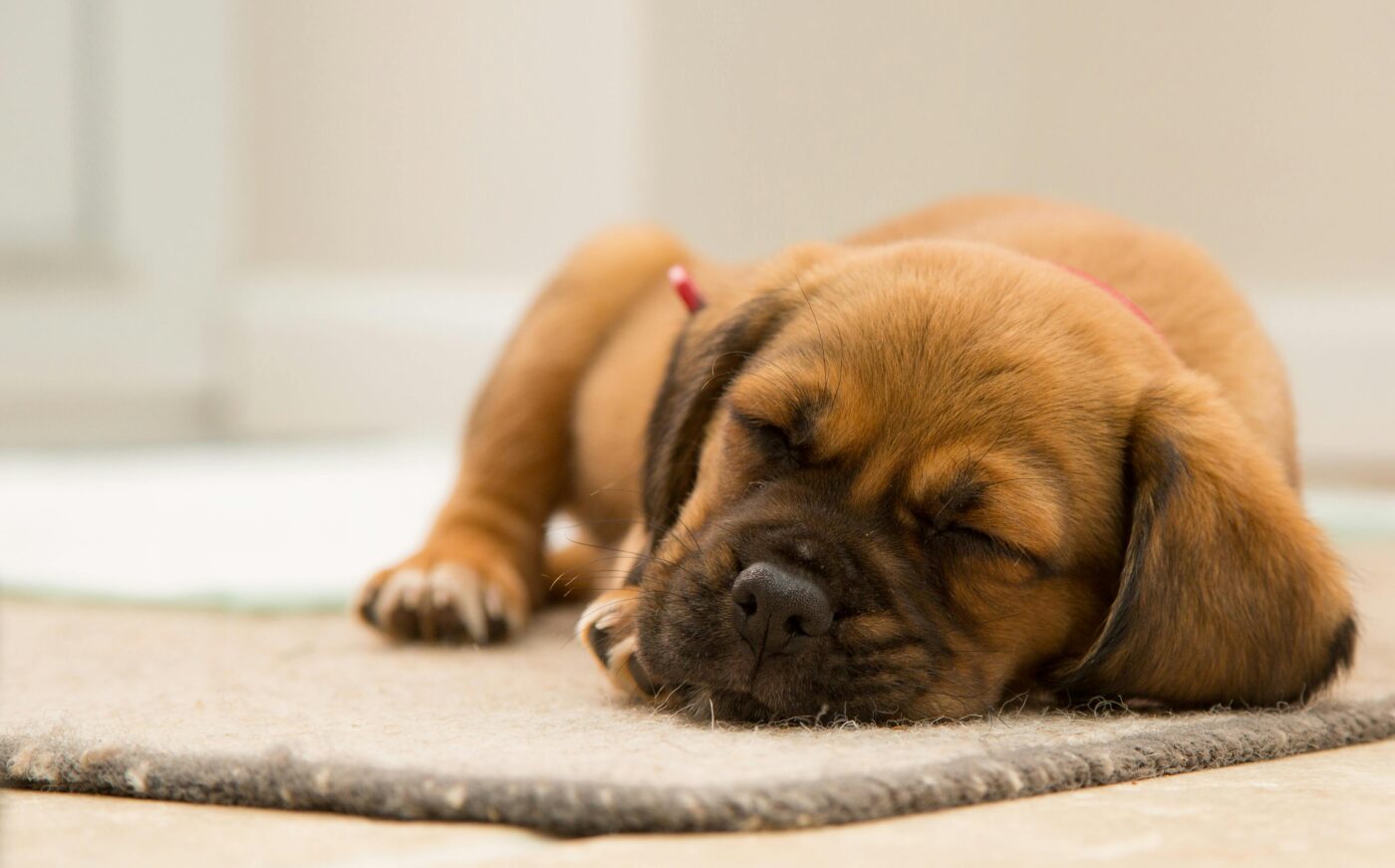 Shutterstock
Shutterstock
Just like kids need their alone time, puppies need a place where they can retreat and feel safe. Set up a quiet area with a bed or crate where the puppy can go to rest without being disturbed by the kids. Explain to your children that when the puppy is in its safe space, it means it needs some quiet time and should not be bothered. This space allows the puppy to recharge and helps prevent them from becoming overstimulated or stressed by too much interaction.
Teach Kids to Read Puppy Body Language
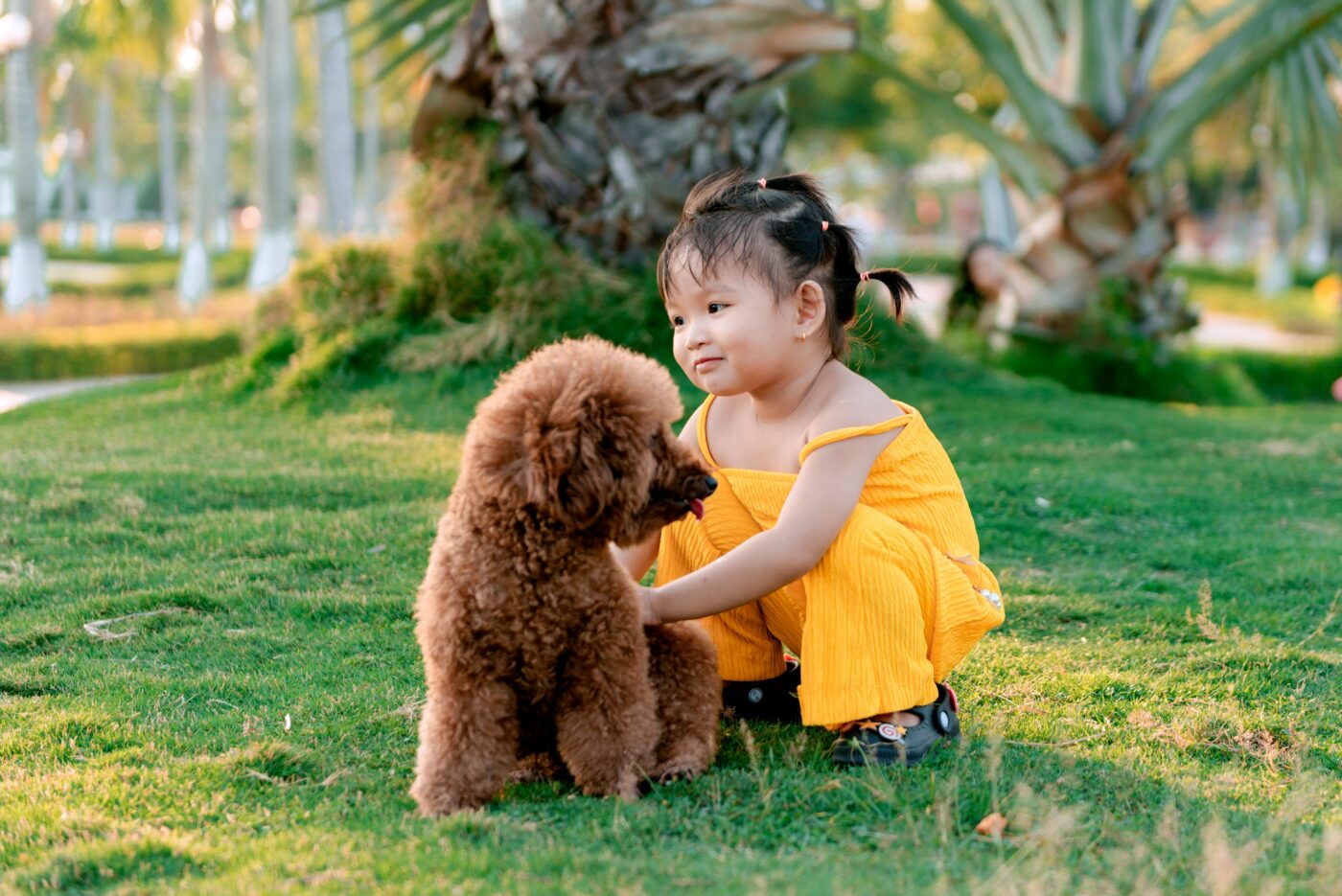 Shutterstock
Shutterstock
Puppies can’t use words to express how they’re feeling, but they communicate plenty through their body language. Teaching kids to recognize signs like wagging tails, growling, or yawning can help them understand when a puppy is happy, scared, or needs space. Explain that a wagging tail often means a puppy is happy, but a low growl or flattened ears means they might be scared or uncomfortable. By understanding these signals, kids can learn when to give the puppy some space, helping to build trust between them.
Practice Positive Reinforcement Together
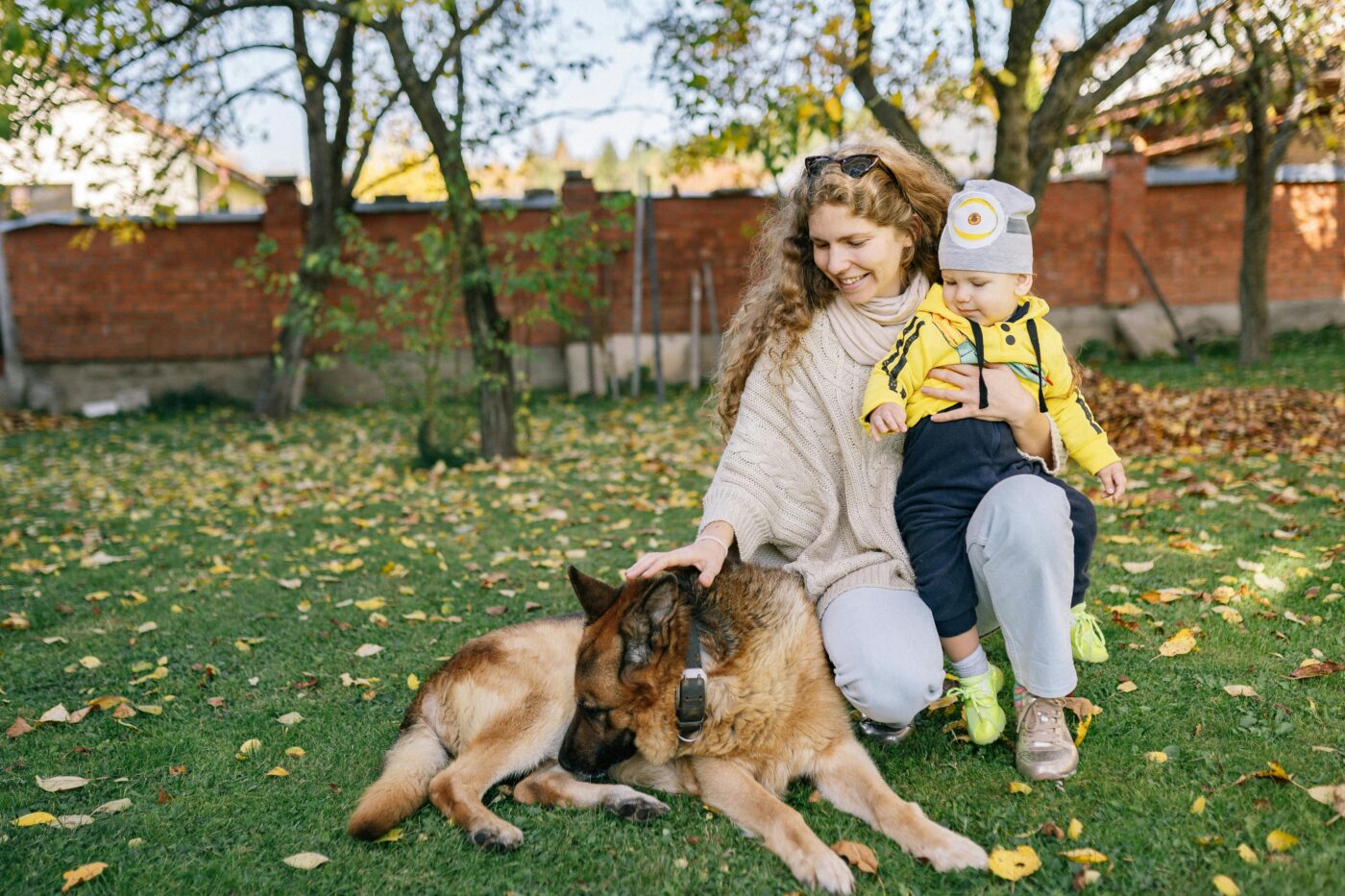 Shutterstock
Shutterstock
Training sessions can be a great way for kids and puppies to bond, and teaching kids about positive reinforcement makes the experience even better. Show your child how to give treats, use praise, and reward the puppy for good behavior, like sitting or coming when called. This not only helps the puppy learn commands but also allows your child to take part in the training process, creating a sense of teamwork. Positive reinforcement helps build a strong relationship where the puppy associates the child with fun and rewards.
Set Boundaries for Playtime
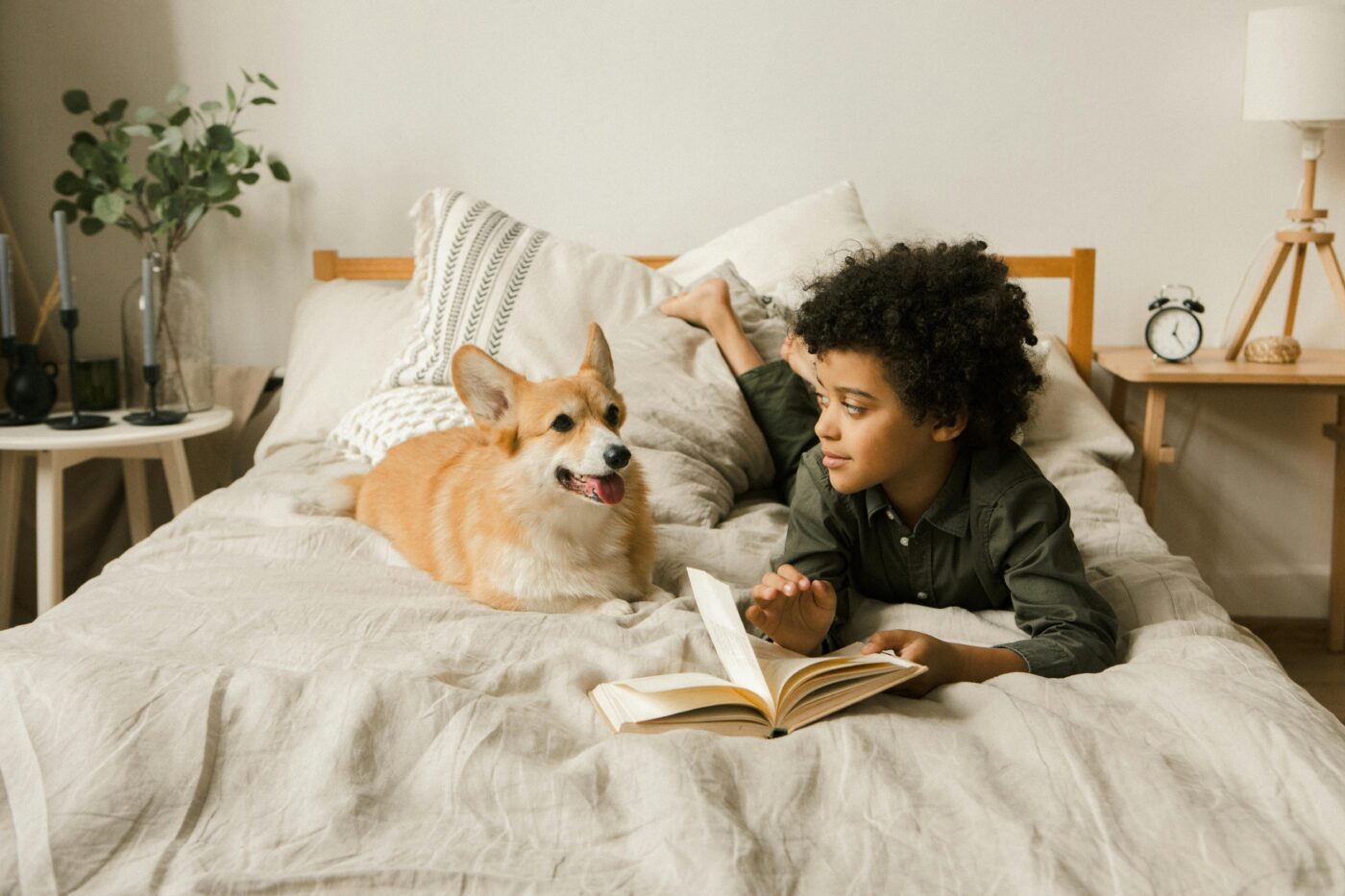 Shutterstock
Shutterstock
Puppies love to play, but sometimes, their enthusiasm can lead to nipping or jumping, which might scare or hurt a child. Teach your kids to play in ways that don’t encourage rough behavior, like avoiding games of tug-of-war or wrestling with the puppy. Encourage activities like fetch, where the puppy can chase a toy rather than hands or feet. Setting boundaries for playtime helps both the puppy and kids learn what kind of play is safe and enjoyable, making their time together more positive.
Teach the Puppy to Be Gentle with Little Hands
 Shutterstock
Shutterstock
While kids need to learn how to handle a puppy gently, it’s just as crucial for the puppy to learn how to interact softly with children. Use training exercises like “leave it” and “gentle” when giving treats to teach the puppy to be careful around small hands. This helps prevent nipping or mouthing, which is common in puppies as they explore their world. By teaching your puppy to be gentle, you can ensure that interactions with kids remain safe and enjoyable.
Keep Routines Consistent
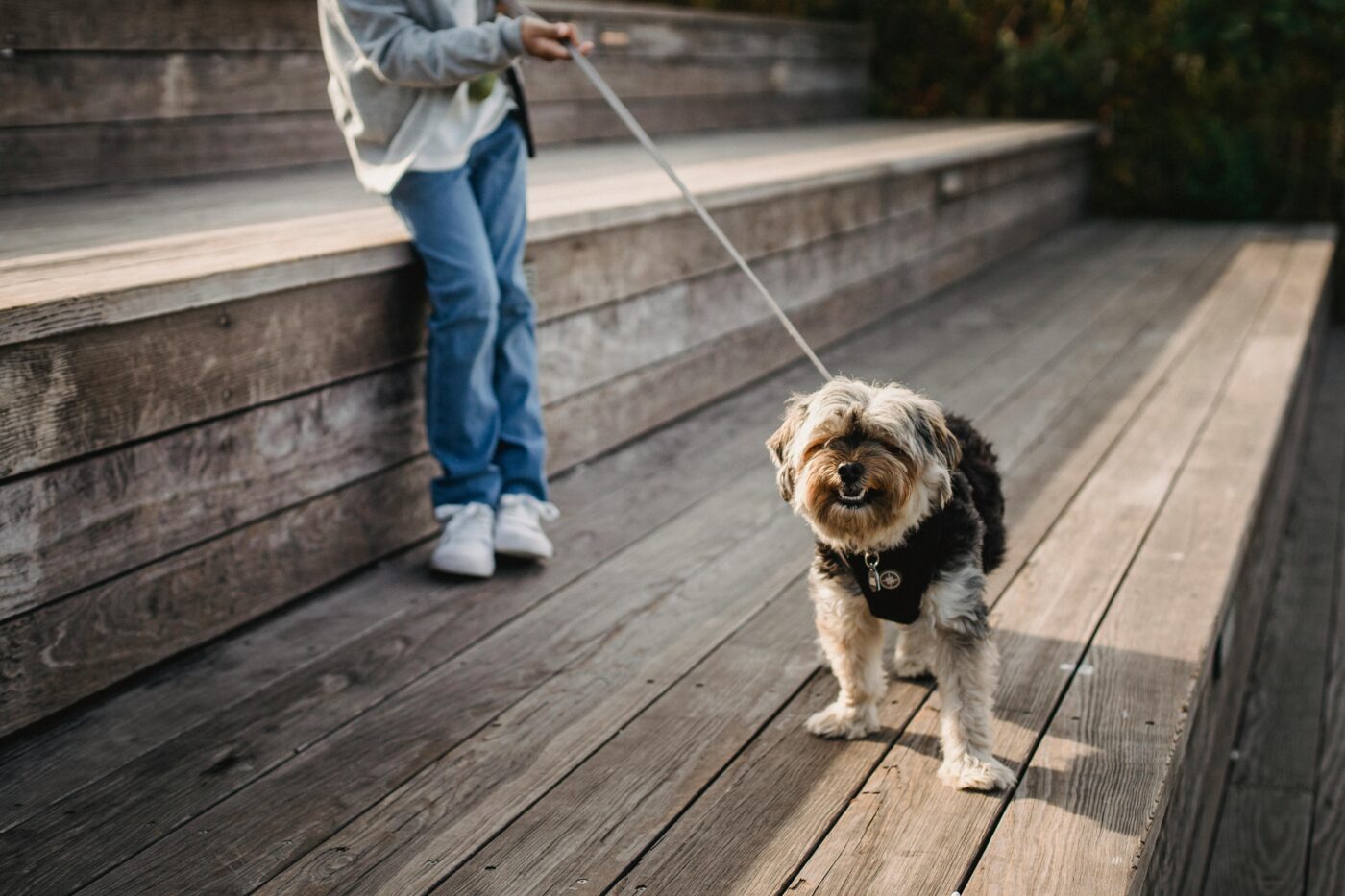 Shutterstock
Shutterstock
Both kids and puppies thrive on routine, so establishing consistent schedules for feeding, walks, and playtime can help them adjust to each other. Involve your child in the puppy’s daily routine, such as helping to fill their water bowl or joining in for walks. This not only helps the puppy get used to the child’s presence but also teaches the child responsibility and the importance of caring for another living being. Consistent routines create a sense of security for both the puppy and the kids, making the transition smoother.
Use Calm Voices and Slow Movements
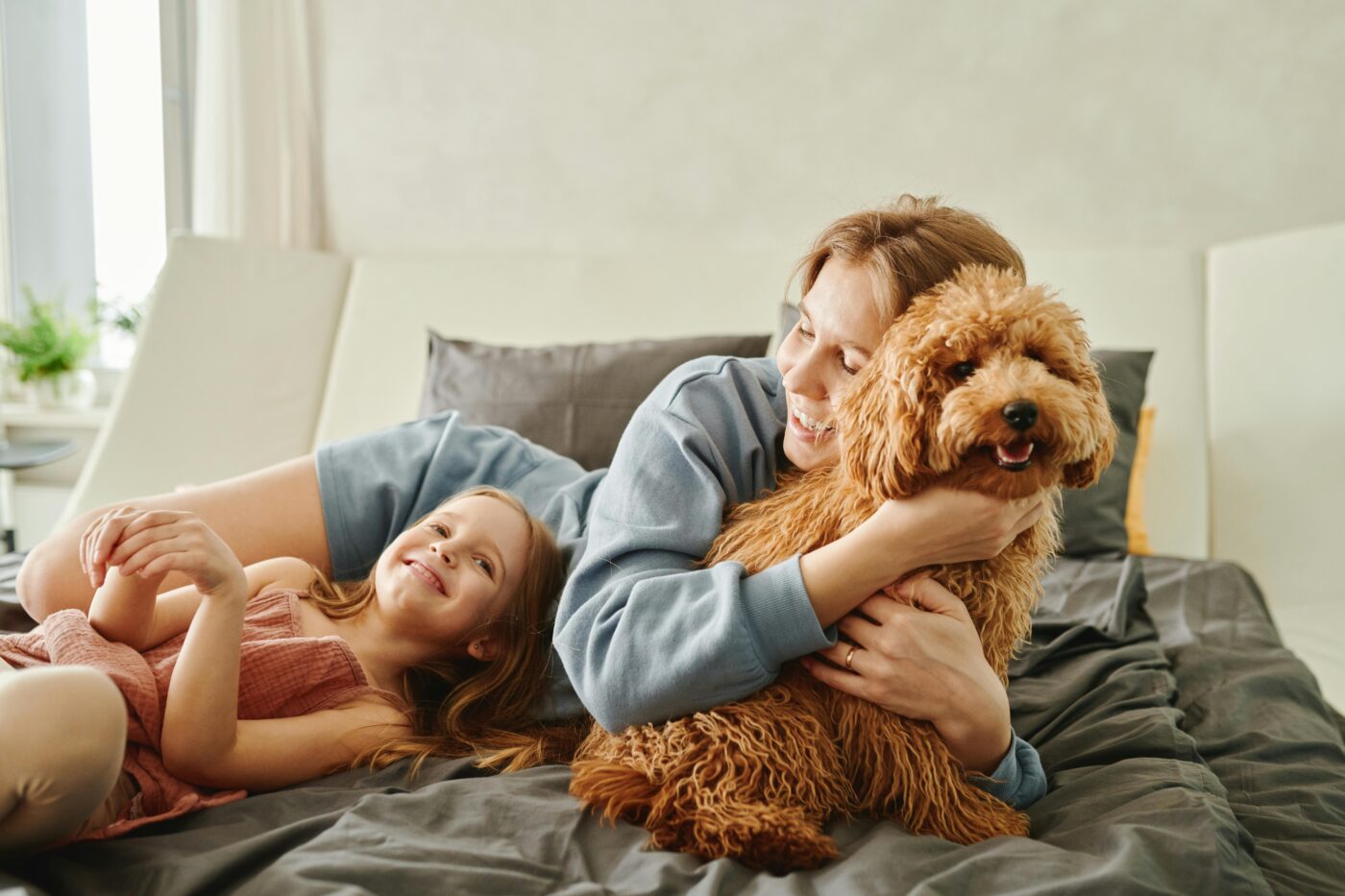 Shutterstock
Shutterstock
Puppies can easily become frightened or overwhelmed by loud noises and sudden movements, especially when they’re in a new environment. Encourage your children to use calm, quiet voices and slow movements when interacting with the puppy. Explain that yelling or running can scare the puppy, making it harder for them to feel comfortable. By teaching kids to be calm around the puppy, you help create a peaceful environment where the puppy feels safe and can build positive associations with the child.
Make Introductions Gradually
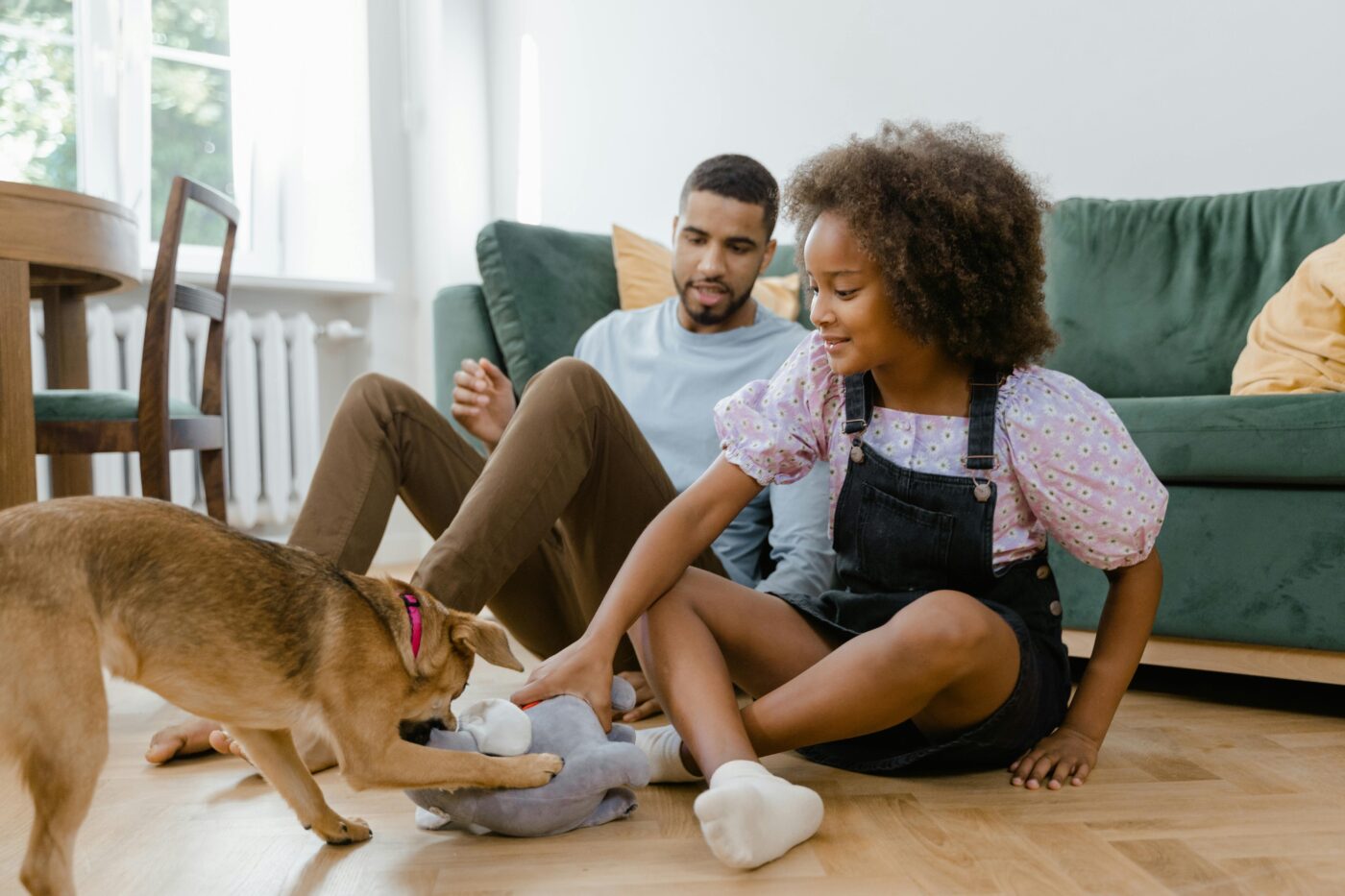 Shutterstock
Shutterstock
When first introducing a puppy to your children, it’s best to take things slowly. Allow the puppy to explore the new environment and approach the kids at their own pace. Let your children sit quietly and offer treats or toys, allowing the puppy to come to them when they feel ready. Gradual introductions help the puppy feel less overwhelmed and teach kids to respect the puppy’s comfort zone. This slow approach can help lay the groundwork for a trusting relationship between the puppy and your child.
Encourage Responsibility with Fun Tasks
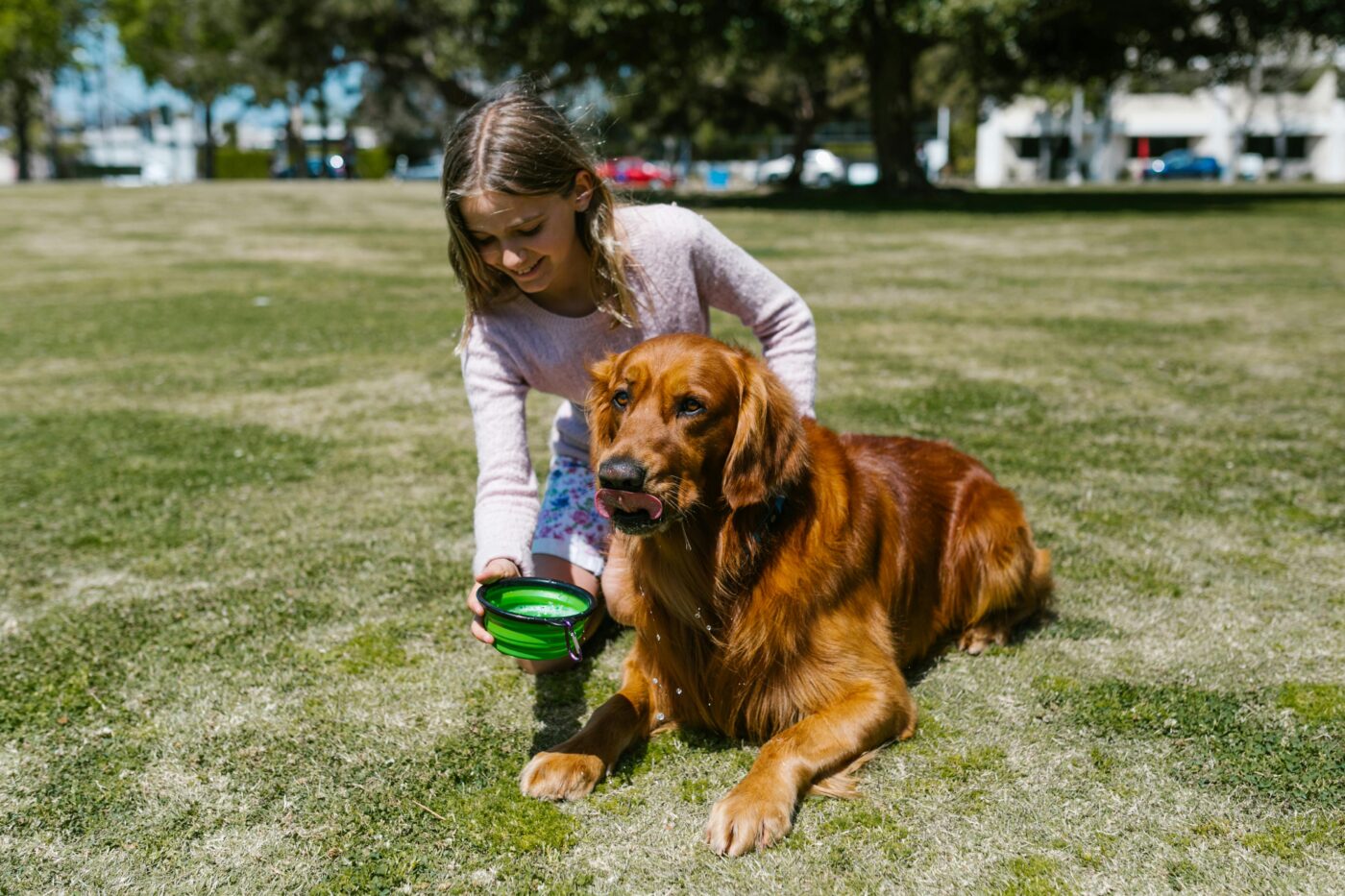 Shutterstock
Shutterstock
Getting a puppy is a great opportunity to teach kids about responsibility, but it’s important to keep it fun. Assign age-appropriate tasks like brushing the puppy, filling its water bowl, or helping with bath time. By involving kids in the puppy’s care, you can help them feel like they’re contributing to the puppy’s well-being. It’s a win-win situation—kids learn valuable life skills, and the puppy gets the attention and care it needs to thrive.
Teach Kids to Be Patient
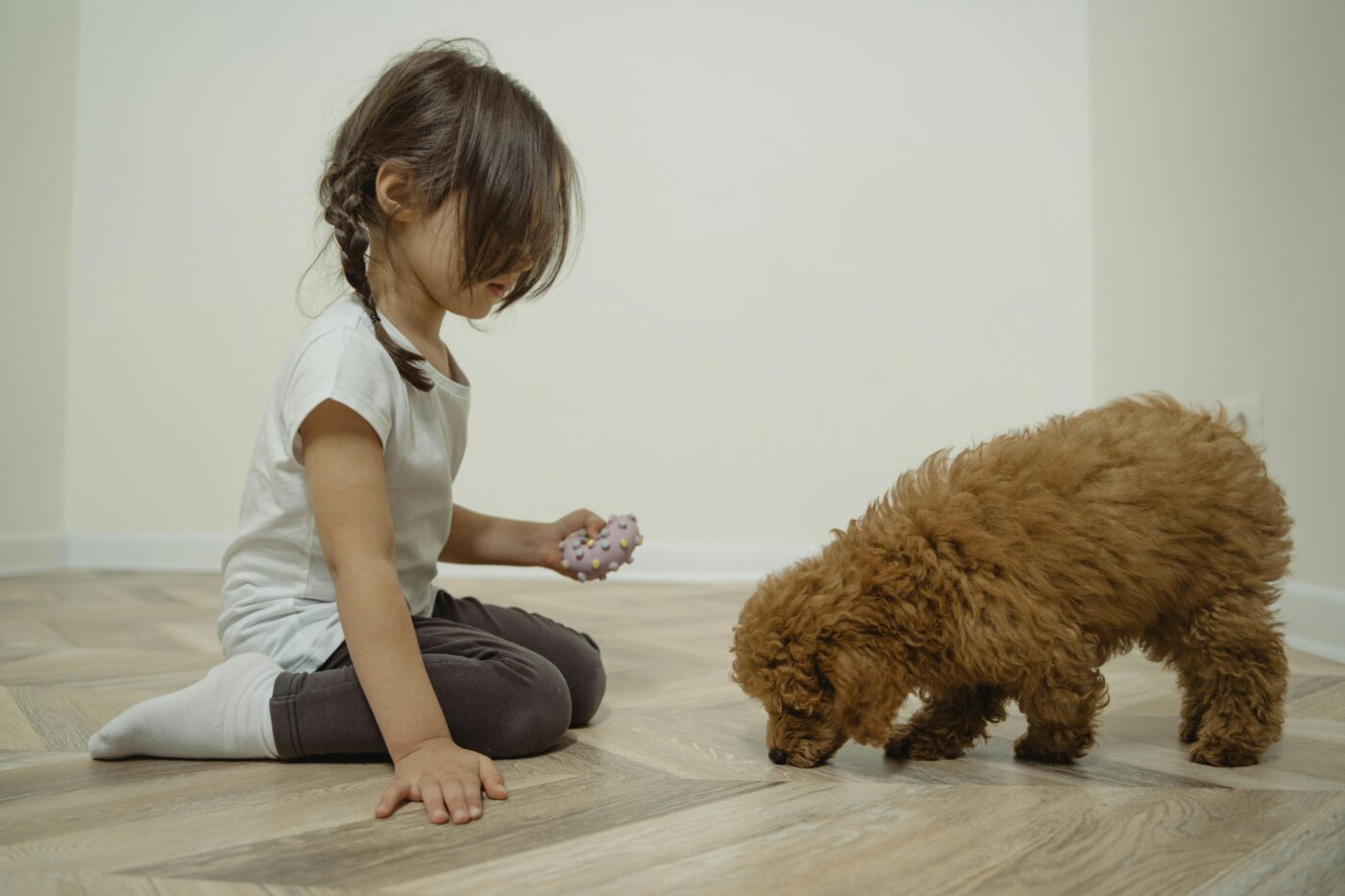 Shutterstock
Shutterstock
Puppies don’t always learn right away, and it can be frustrating for kids when the puppy doesn’t immediately understand commands or house rules. Encourage your children to be patient and to remember that the puppy is still learning. Explain that just like when they were younger and needed time to learn new things; the puppy also needs time to understand what’s expected of them. Patience is key in building a loving and respectful relationship, and it teaches kids the value of perseverance and empathy.
Plan Playdates with Other Dogs
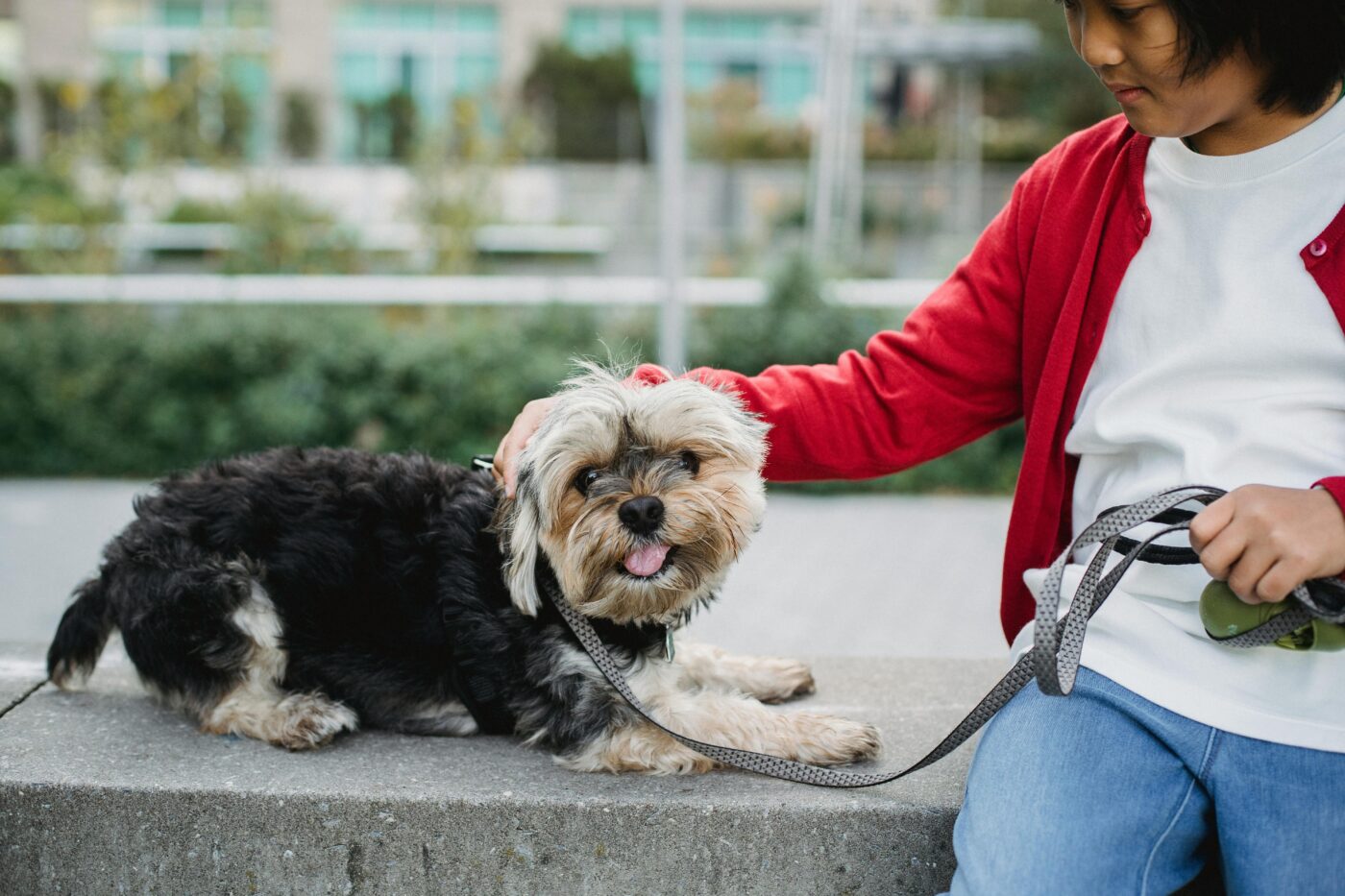 Shutterstock
Shutterstock
Socializing puppies with other dogs is crucial for their development, and playdates can be a great way for your child to understand how to interact with dogs of all sizes and personalities. Make sure that playdates are supervised and that the other dogs are friendly and well-behaved around kids. By watching how the puppy interacts with other dogs, your child can learn more about canine behavior and how to respect different types of play. It also helps the puppy become more well-rounded and comfortable in various social settings.
From Puppy Playtime to BFFs for Life!
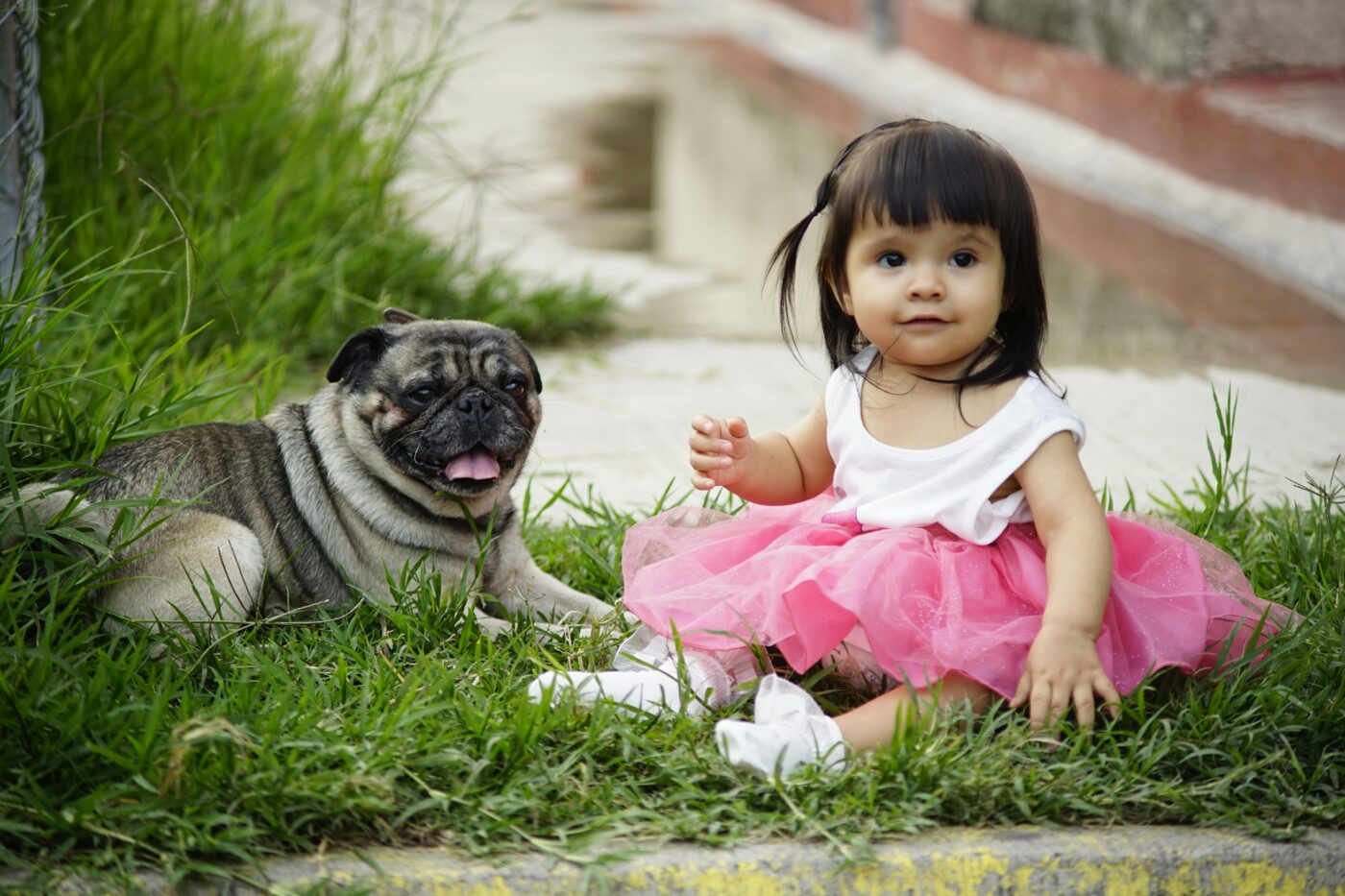 Shutterstock
Shutterstock
With a little patience, plenty of love, and these helpful tips, you’re on the path to fostering a lifelong bond between your child and their new puppy. Soon enough, they might be teaming up for backyard adventures or conspiring to sneak that last cookie. As their friendship grows, get ready for endless tales of their heartwarming and occasionally mischievous escapades. So, buckle up and enjoy the journey—because once they become best buddies, you’ll have a lifetime of adorable, trouble-making memories to cherish!

 3 weeks ago
11
3 weeks ago
11
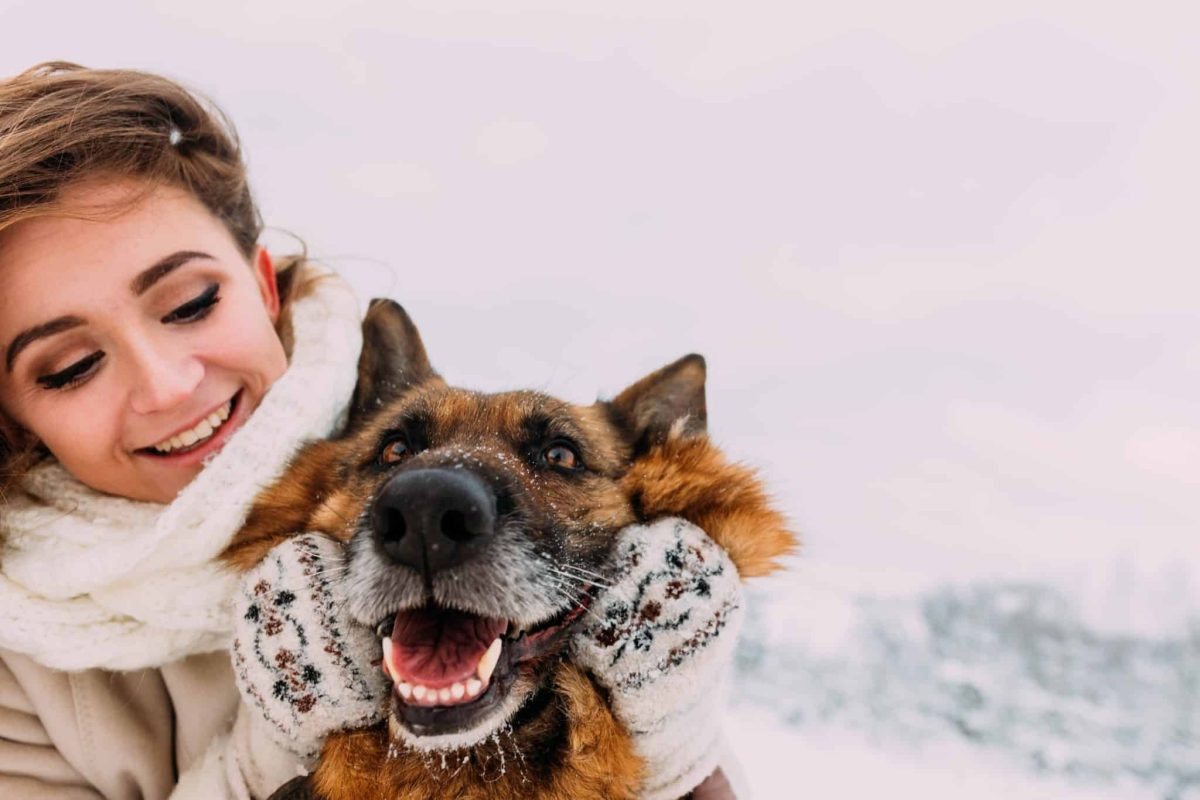

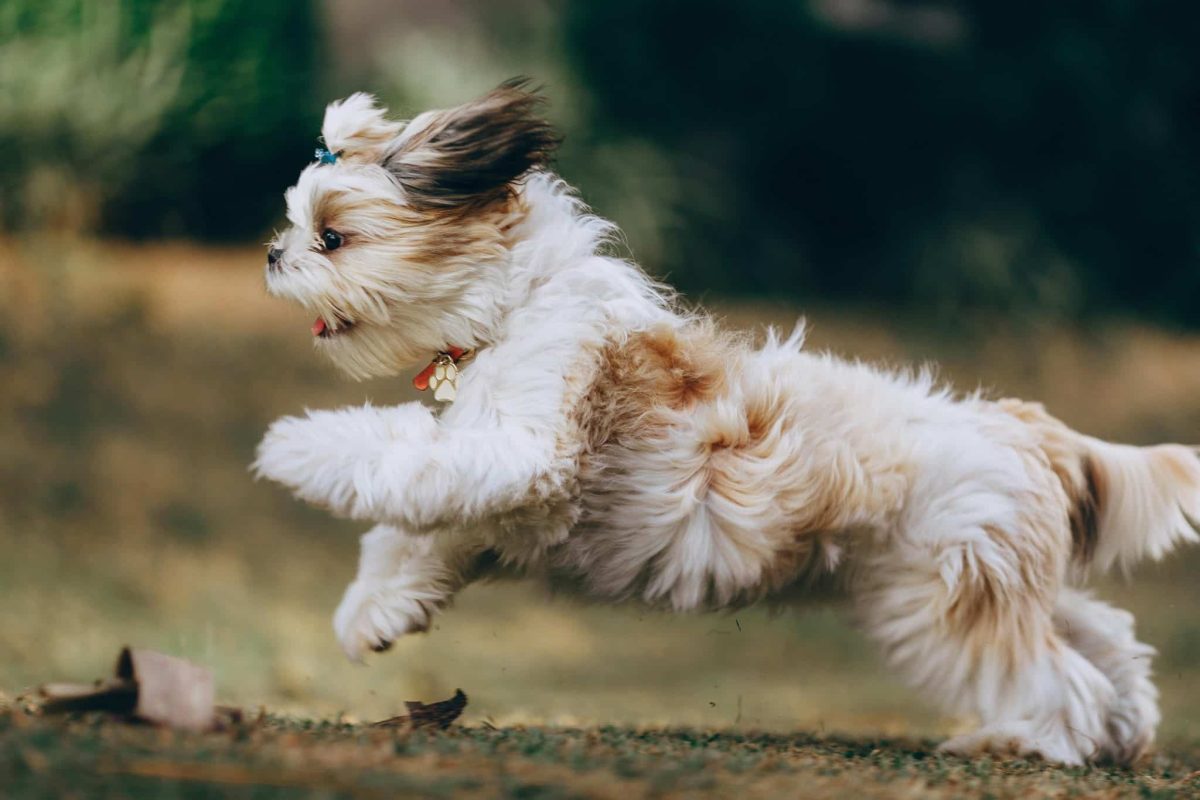
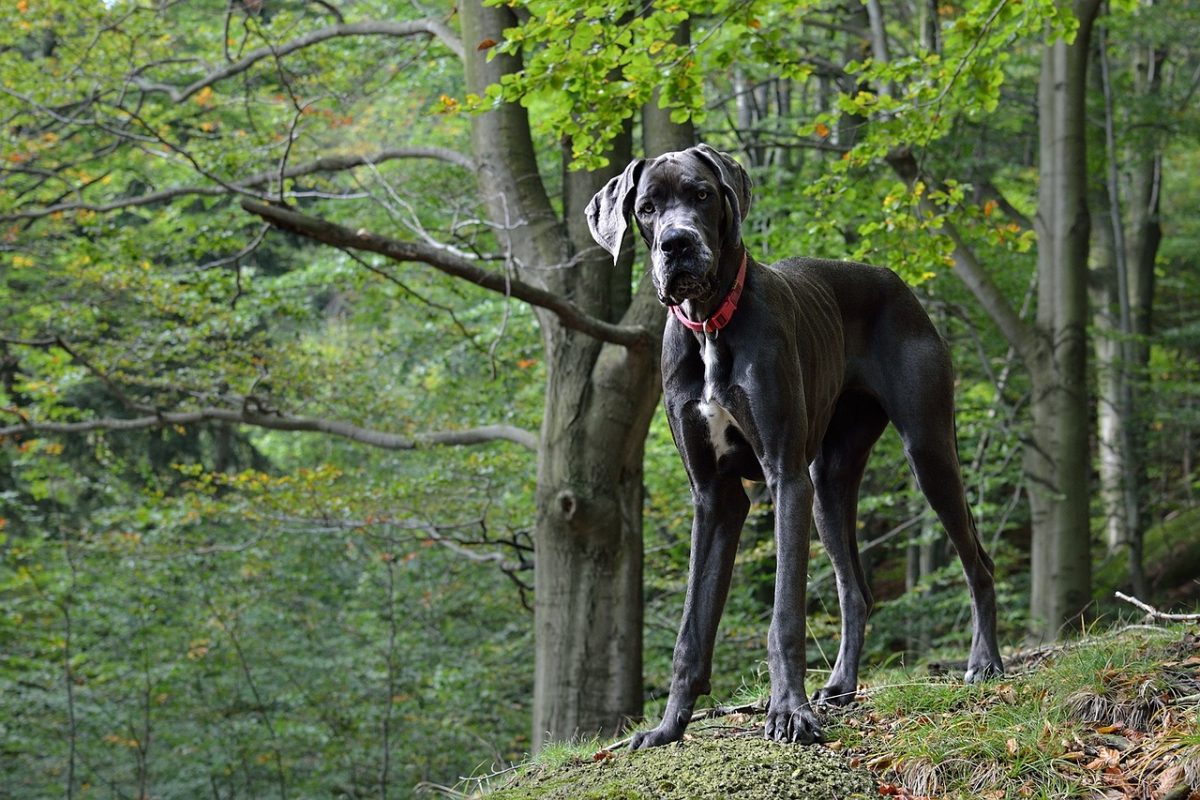
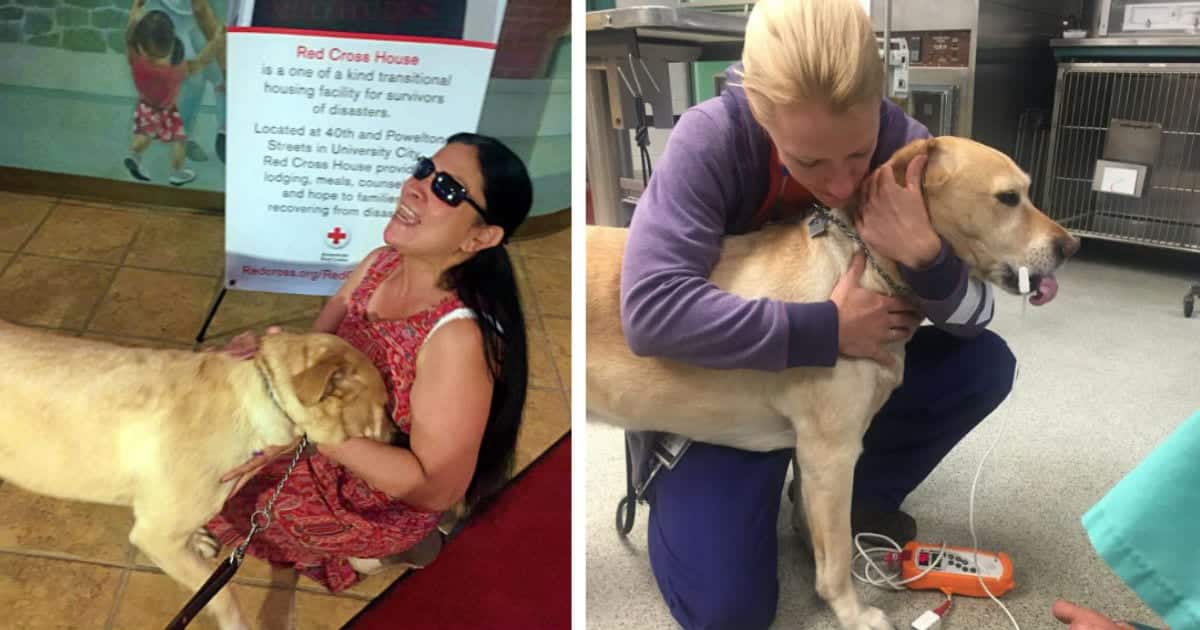

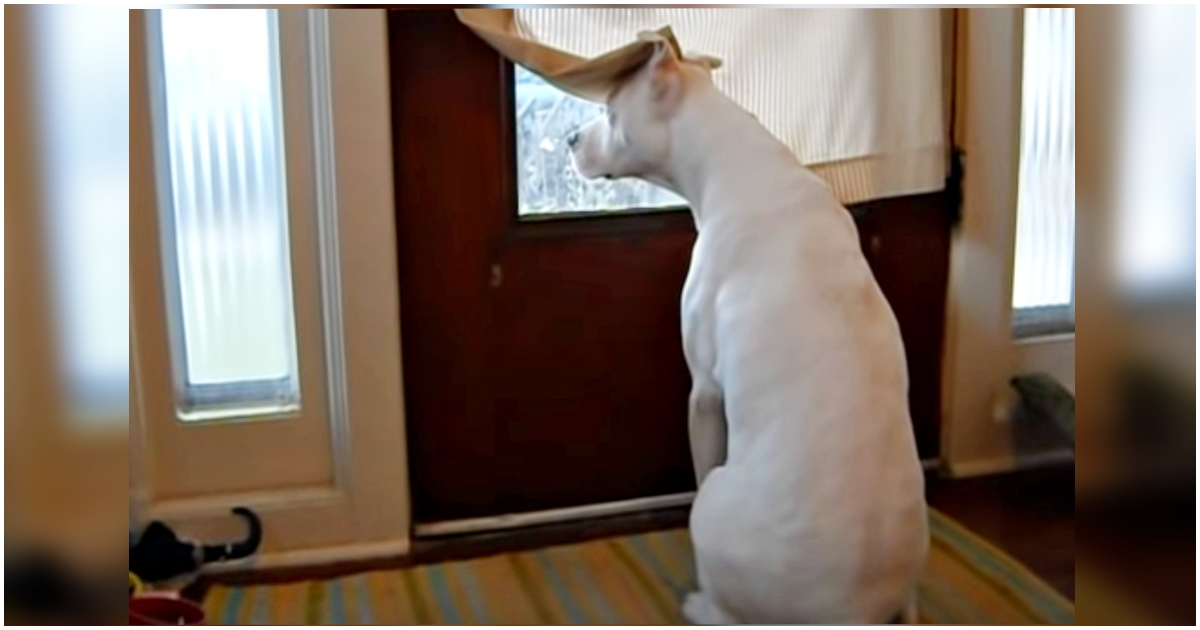
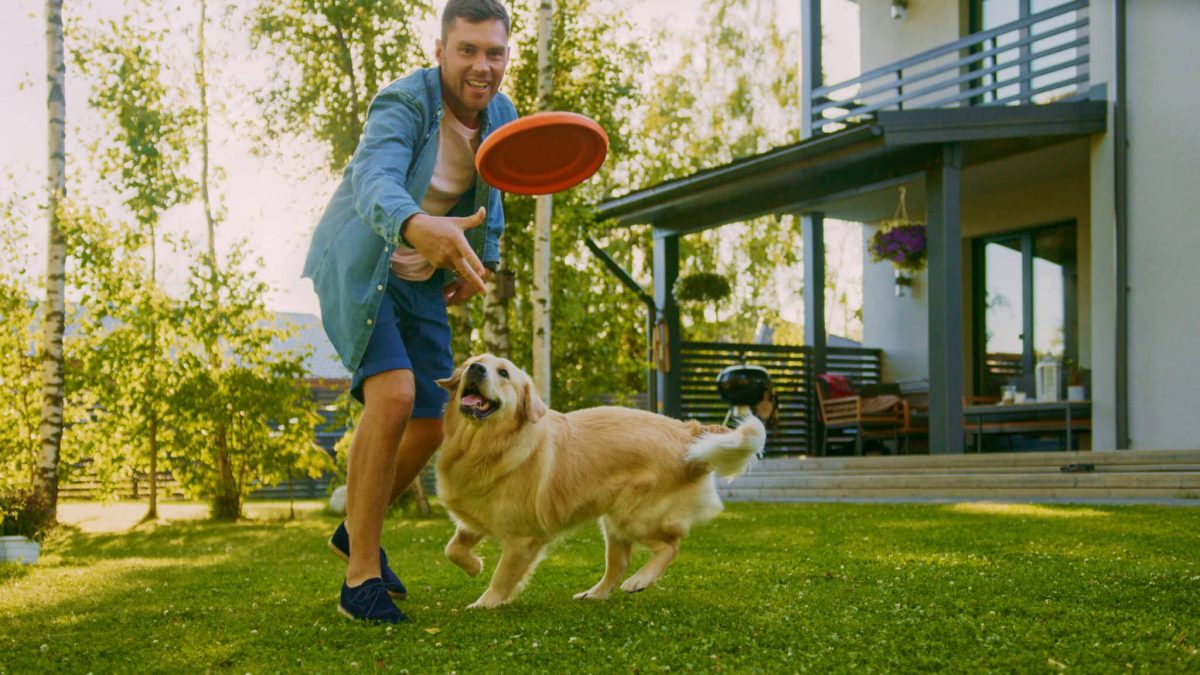



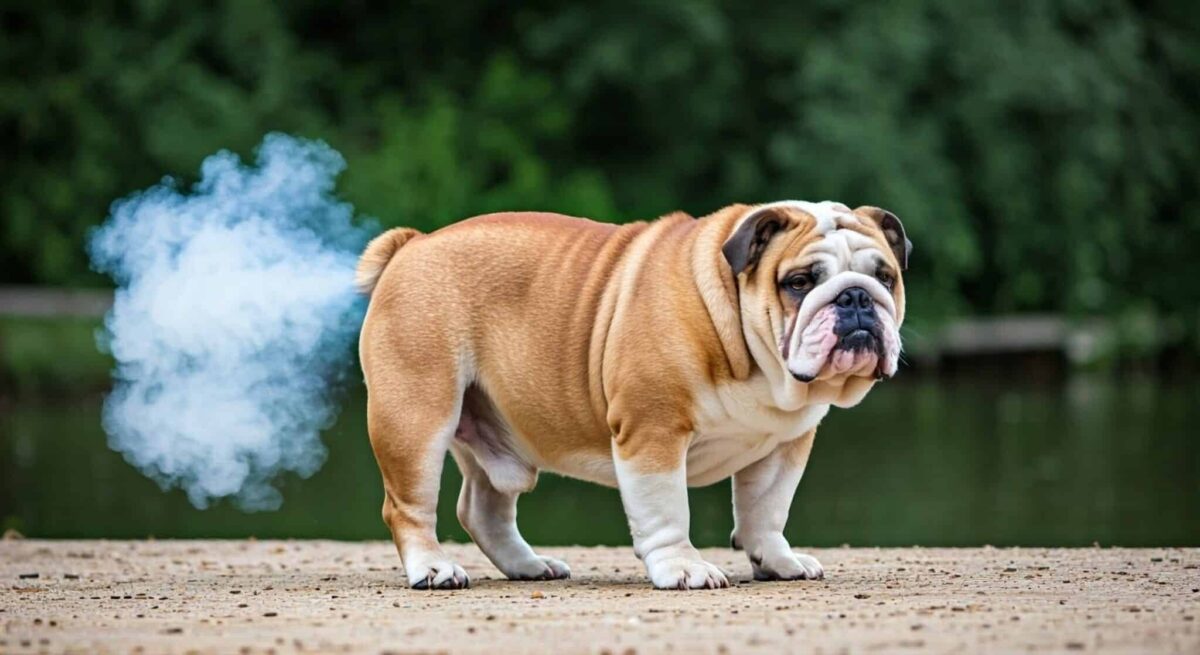



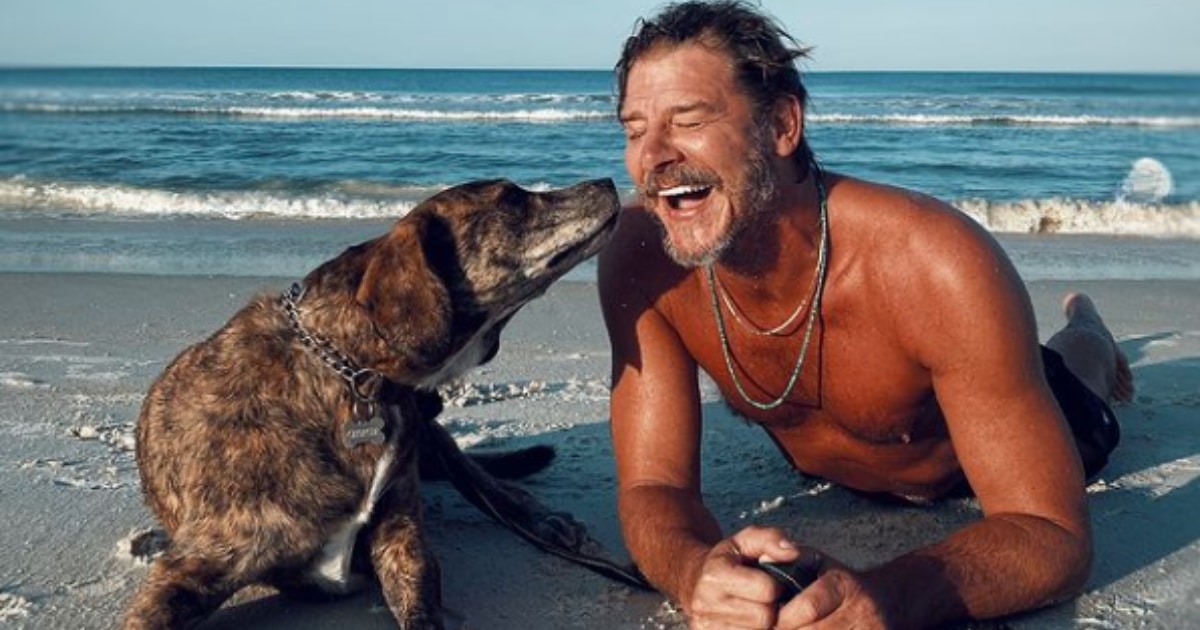
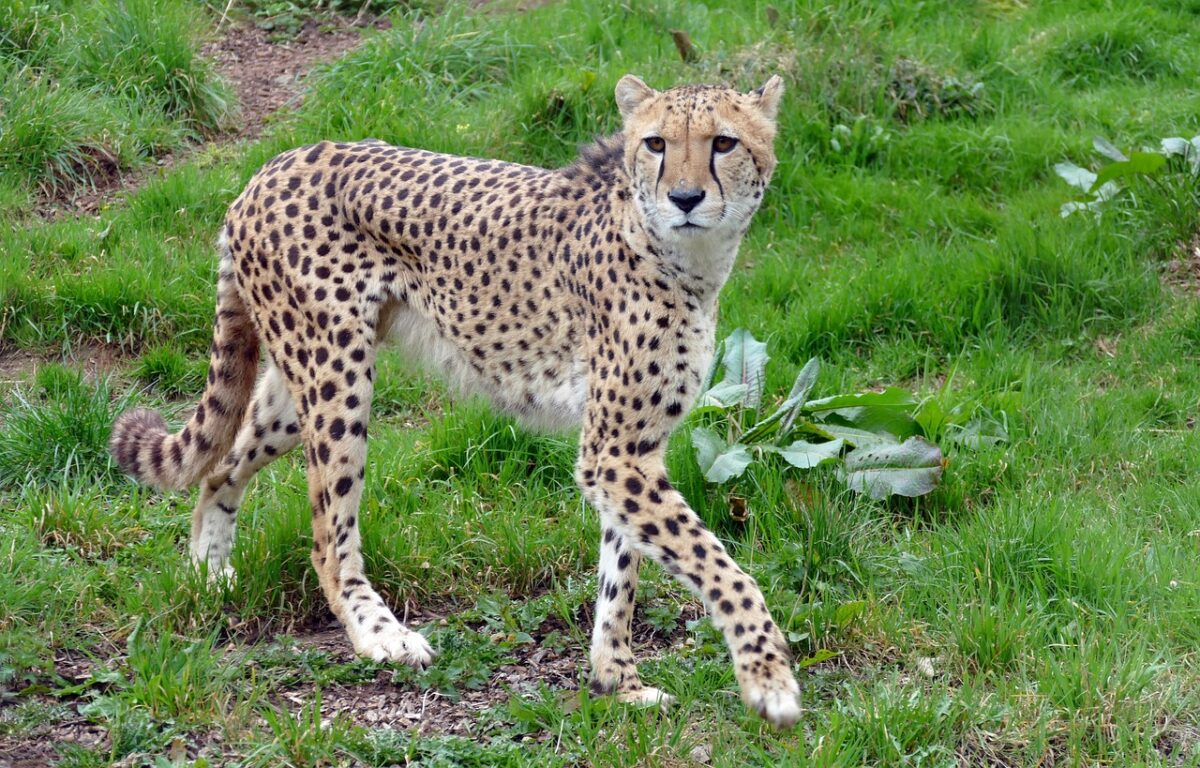
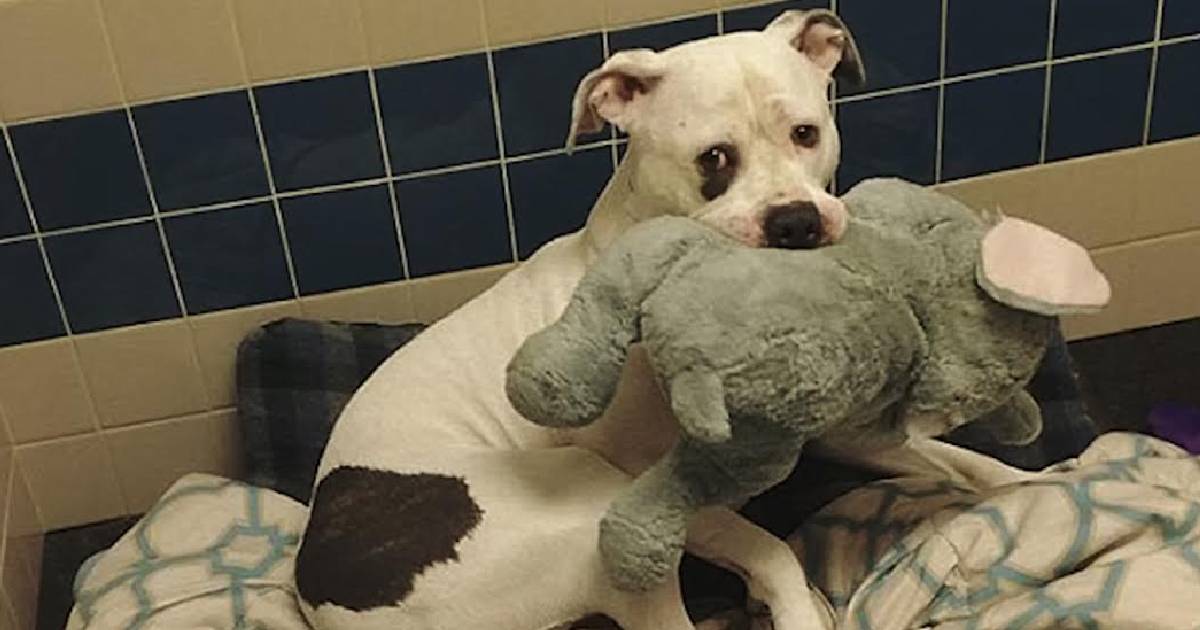
 English (US) ·
English (US) ·